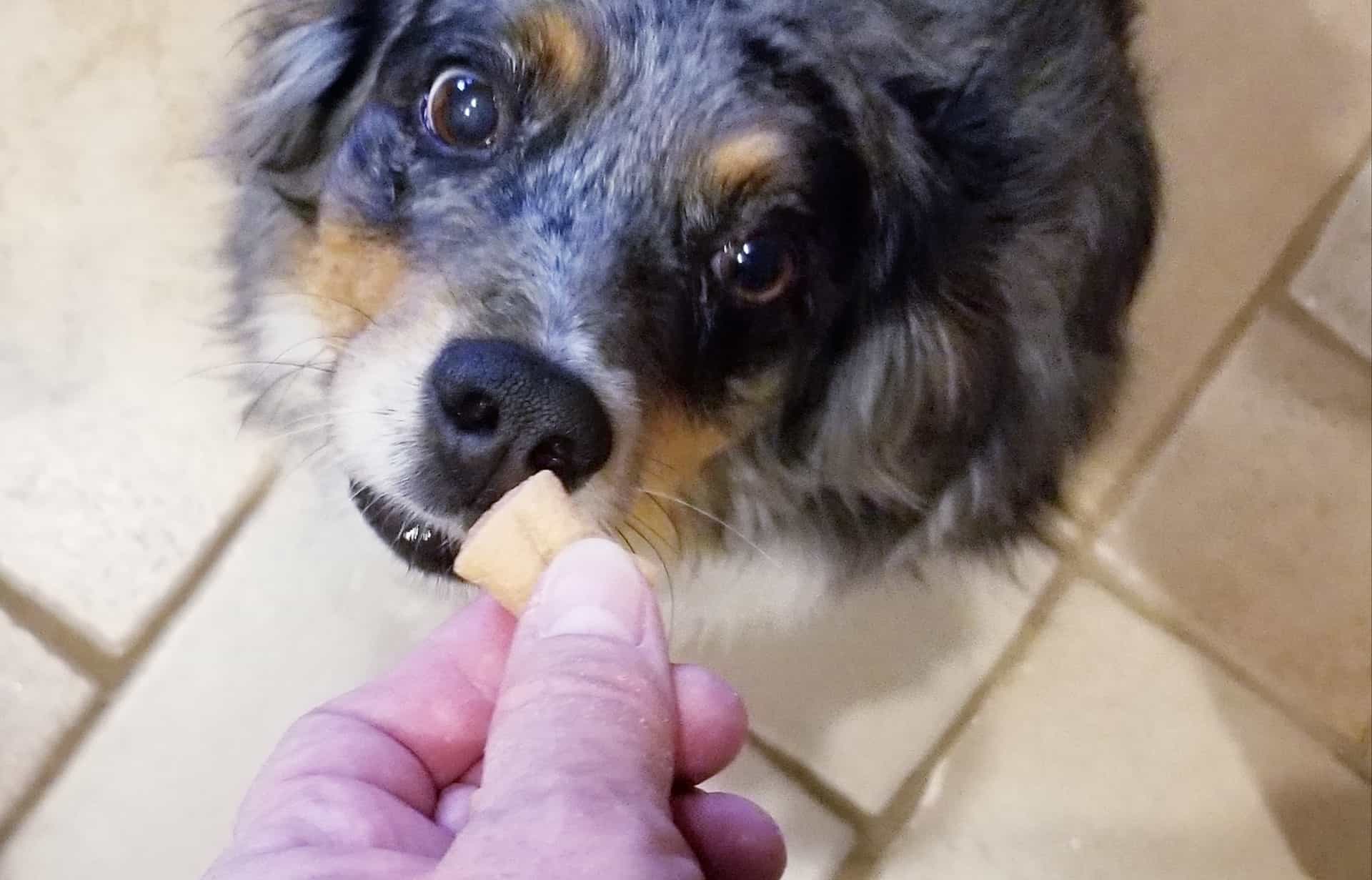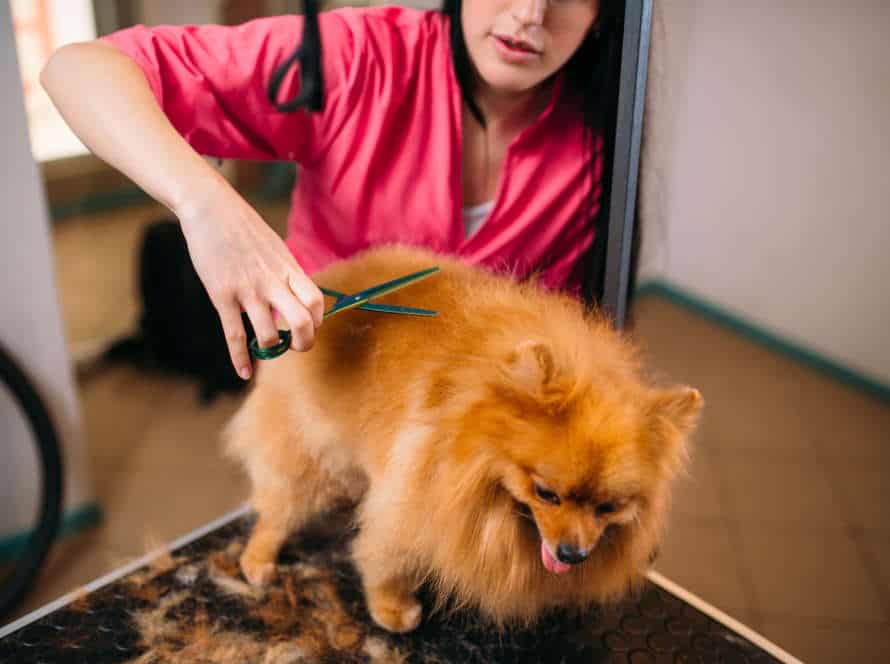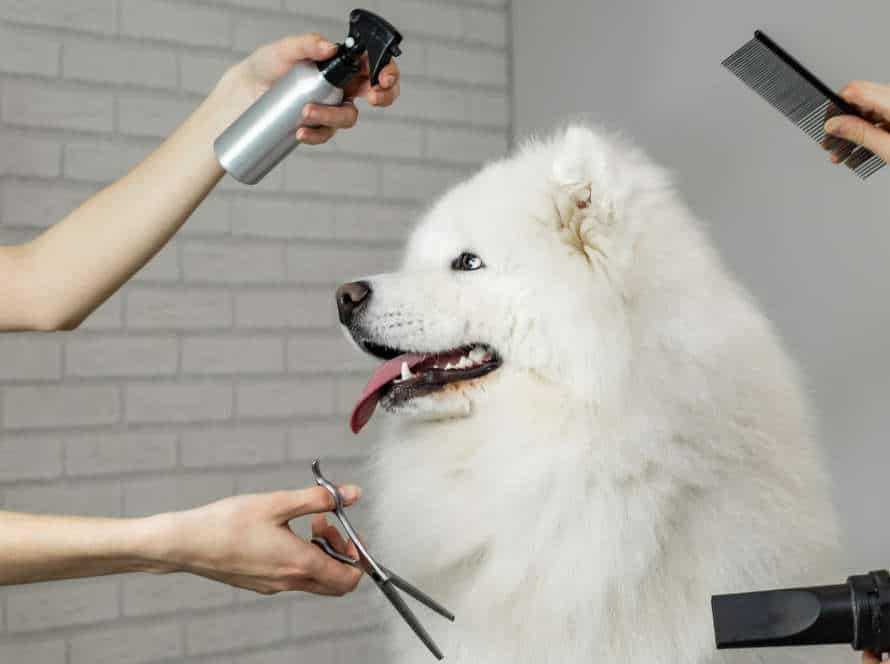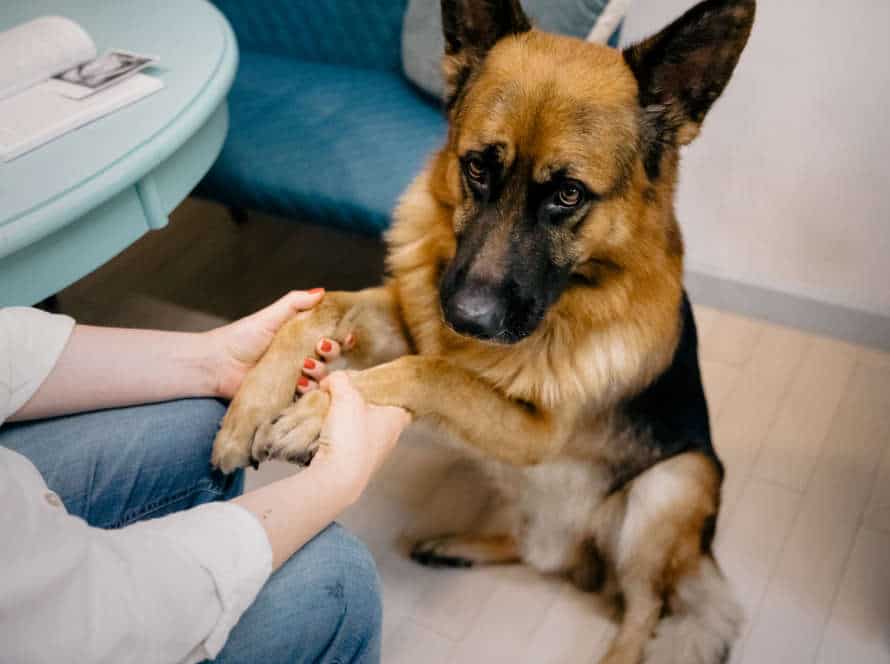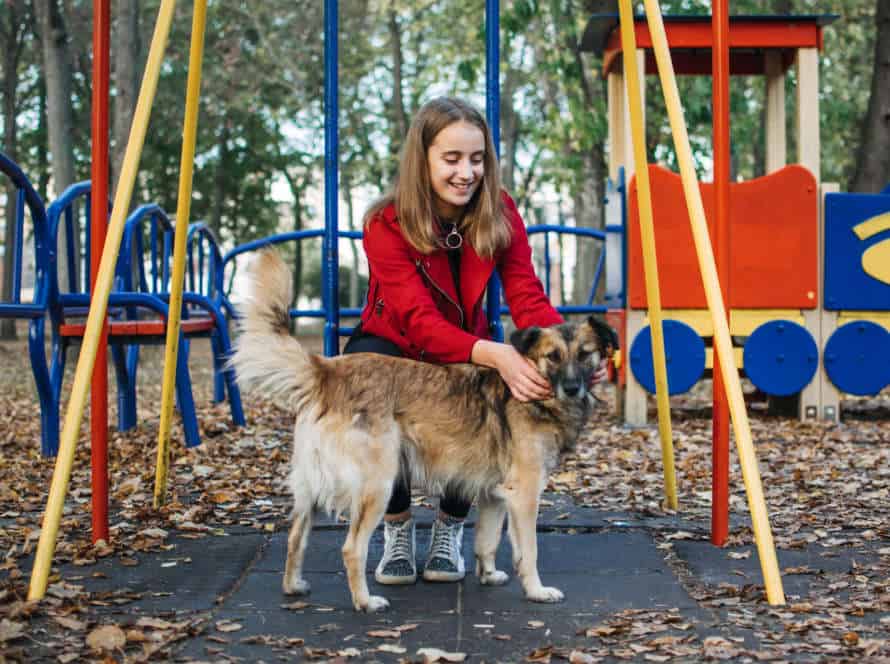Create Lasting Change with Positive Reinforcement Training
Positive reinforcement training is a great way to modify animal behavior long-term. Rewarding desirable behavior is the key. Benefits include:
- Strengthening the bond between the trainer and the animal.
- Encouraging the repetition of desirable behaviors with rewards such as food, praise, or playtime.
- Reducing aggressive or undesired behavior by redirecting the animal’s focus.
- It is more humane than negative reinforcement or punishment.
- Creating a positive and supportive environment helps the animal retain their skills long-term.
Pro tip: Be consistent when rewarding desirable behavior to strengthen the animal’s association between the action and the reward.
Understanding Positive Reinforcement Training
Positive reinforcement training is a method to promote desirable behavior in animals and people. It focuses on rewarding these actions, and staying away from punishing the undesired. Let’s delve deeper and see how it can help us have permanent change.
Definition and Benefits
Reward desired behaviors with positive reinforcement training to change an animal’s behavior long-term. This humane and effective training method benefits both the animal and owner. Benefits include: better obedience, improved communication, increased trust, reduced aggression, and lasting improvements. To get the best results, be consistent and patient! Positive reinforcement training will help you create a harmonious relationship with your animal and stop unwanted behaviors.
Types of Positive Reinforcement Techniques
Positive reinforcement training is a great way to modify behavior and cause permanent change in your pet. Here are three common positive reinforcement methods:
- Treat-Based Training: Give your pet a small snack or food reward when they do something great. Gradually, they’ll pair the positive behavior with the reward and be more likely to repeat it.
- Clicker Training: This uses a clicker device to make a single clicking sound when your pet does something right. The sound reinforces the good behavior and lets them know what’s expected.
- Verbal Praise: Use encouraging words to reward good behavior. It could be anything from “good job!” to petting their head.
Usually, these techniques are used together for bigger and longer-lasting effects on your pet’s behavior.
How Positive Reinforcement Changes Behavior
Positive reinforcement is a powerful tool for changing behavior in humans and animals. It focuses on rewarding desired behavior, instead of punishing unwanted ones. It’s a proven method for achieving lasting change, from basic obedience skills to complex tasks. Here are some key benefits:
- Builds trust. It creates a bond of trust and respect between the trainer and the animal.
- Increases motivation. Good behavior is rewarded, which encourages animals to keep trying and learning.
- Promotes positive associations. Positive reinforcement helps animals link positive feelings and outcomes with learning and training.
- Creates lasting change. It focuses on desired outcomes and teaches animals how to reach them.
Pro tip: For the best results, be consistent, patient and clear when using positive reinforcement training.
Implementing Positive Reinforcement Training
Introduce Positive Reinforcement Training (PRT) into your home or workplace for lasting change. PRT is a reward-based training. It motivates positive behavior with rewards. To start, follow these few simple steps.
- Determine how to make PRT work for you.
- Establish the rewards that encourage desired behaviors.
- Implement the program and watch the lasting changes take place!
Starting with Basics Commands
Positive reinforcement training is a way of teaching your pet dog that rewards desired behavior. It increases the chance of it happening again in the future.
Start with basics. Here are some:
- “Sit”: Hold a treat near your dog’s nose, then move it back. As their head goes up, their rear will go down. Give the treat and say “Sit”.
- “Come”: Call your pup’s name and say “Come”. Give them a treat when they reach you. Increase the distance as they get more confident.
- “Stay”: Start with “Sit” or “Down”, then tell them “Stay”. Increase the time they need to stay in one place.
Positive reinforcement training is a fun way to bond with your pet. Pro Tip: Be consistent, patient, and reward your pup for every progress, no matter how small.
Understanding Active Listening Skills
Active listening is a must for positive reinforcement training. It means observing and responding to your pet’s body language, vocalizations, and behavior. This builds a stronger bond and helps your pet develop better habits.
To practice active listening:
- Pay attention to your pet’s body language. See if it’s tense, excited, or relaxed.
- Turn off distractions like phones, TVs, etc. Give your pet your full attention.
- Offer treats, praise, or rewards when they do something good.
By doing these things, you’ll have a happier, healthier relationship with your pet.
Reinforcing Desirable Behaviors
Positive Reinforcement Training is a successful way to cause permanent behavioral changes in animals. This training involves rewarding nice behavior to motivate its repetition instead of punishing bad behavior.
Here are some methods to use Positive Reinforcement Training and reinforce your pet’s good behavior:
- Treats: Give your pet a treat when they do the right thing, e.g. obeying commands or not being destructive.
- Verbal Praise: Reward your pet verbally when they show good behavior.
- Playtime: Pay attention to your pet and play with them to be a successful positive reinforcement trainer.
- Consistency: Always reward good behavior and not bad behavior.
By using positive reinforcement techniques regularly, pets can learn proper behavior and get closer to their owners.
Pro tip- Utilize a marker word, like “good” or “yes,” to let your pet know they did something right and that a yummy treat or playtime is awaiting them!
Reinforcing Positive Training Long-Term
Positive reinforcement training is a way of training animals that rewards desired behaviors and ignores undesired ones. This can be a great tool to create lasting behavior changes in pets. To get the best out of this technique, it is important to understand it well. Let’s look at the advantages of positive reinforcement training and how to use it to make it more effective.
Refining Positive Reinforcement Techniques
Refine positive reinforcement techniques for lasting behavior changes through positive training. Here’s how:
- Consistency: Trainer’s actions lead to animal’s consistent responses.
- Progression: Ramp up from easier to tougher tasks, so animal is challenged but not overwhelmed.
- Reward Variety: Change the rewards to keep animal engaged.
- Timing: Award prizes right away for desired behavior, to link it to the outcome.
Follow these techniques to make long-lasting, positive changes in your pet’s behavior. Pro tip: Be patient & consistent in training and see results.
Tracking Progress and Response to Training
Positive reinforcement training is great for changing pet behaviour. To make the change last, you need to track progress and response to training. Here are some tips:
- Keep a journal – Note your pet’s behaviour, training, and any issues that come up.
- Measure success – Set measurable goals and track your pet’s progress.
- Use positive feedback – Praise and reward your pet for good behaviour.
- Adjust tactics – Change training tactics as the pet’s behaviour changes.
By following these tips, you can track progress and reinforce positive training to create lasting change in your pet’s behaviour.
Troubleshooting Common Training Issues
When it comes to pet training, issues can arise. But, with the right techniques, you can create lasting change! Here are some common training issues and how to troubleshoot them:
- Potty Training: Consistency is key. Create a set area, a schedule and reward them when they go in the right spot. Use positive reinforcement like praise, treats or a toy.
- Pulling on Leash: Try a no-pull harness and reward calm walking. Hold the leash with it being loose and praise them when they walk properly.
- Barking: Identify the cause. Could be fear, stress or anxiety. Positive reinforcement like attention, treats or a comforting toy can help.
Reinforce positive training with love, patience and consistency for lasting change. If struggling, consult a professional trainer for assistance.
Frequently Asked Questions
1. What is positive reinforcement training?
Positive reinforcement training is a method of training animals, including dogs, cats, and other pets, using rewards and encouragement to shape desired behaviors. It involves rewarding good behavior with treats, praise, or other desirable things to increase the likelihood of that behavior being repeated in the future.
2. How long does it take to see results with positive reinforcement training?
The time it takes to see results with positive reinforcement training can vary depending on the animal’s personality, age, and prior training experiences. However, many pet owners see noticeable improvements in their pet’s behavior within a few days or weeks of starting positive reinforcement training.
3. Can positive reinforcement training work on older dogs?
Yes, positive reinforcement training can work on dogs of all ages, including older dogs. While older dogs may take a bit longer to learn new behaviors, they are still capable of learning and responding to positive reinforcement training techniques.
4. Can positive reinforcement training be used to correct bad behavior?
Yes, positive reinforcement training can be used to correct bad behavior in pets. Instead of punishing bad behavior, positive reinforcement training focuses on rewarding good behavior and ignoring bad behavior. Over time, this approach can lead to a decrease in undesirable behavior.
5. What are some common rewards used in positive reinforcement training?
Common rewards used in positive reinforcement training include treats, praise, toys, and affection. The choice of reward may vary depending on the animal and their preferences, but it should be something that the animal finds desirable and is willing to work for.
6. Is positive reinforcement training a humane method of training animals?
Yes, positive reinforcement training is considered a humane method of training animals. It relies on positive reinforcement to encourage desired behaviors instead of using fear, pain, or intimidation. It also fosters a strong bond between the animal and their trainer, leading to better communication and cooperation.

